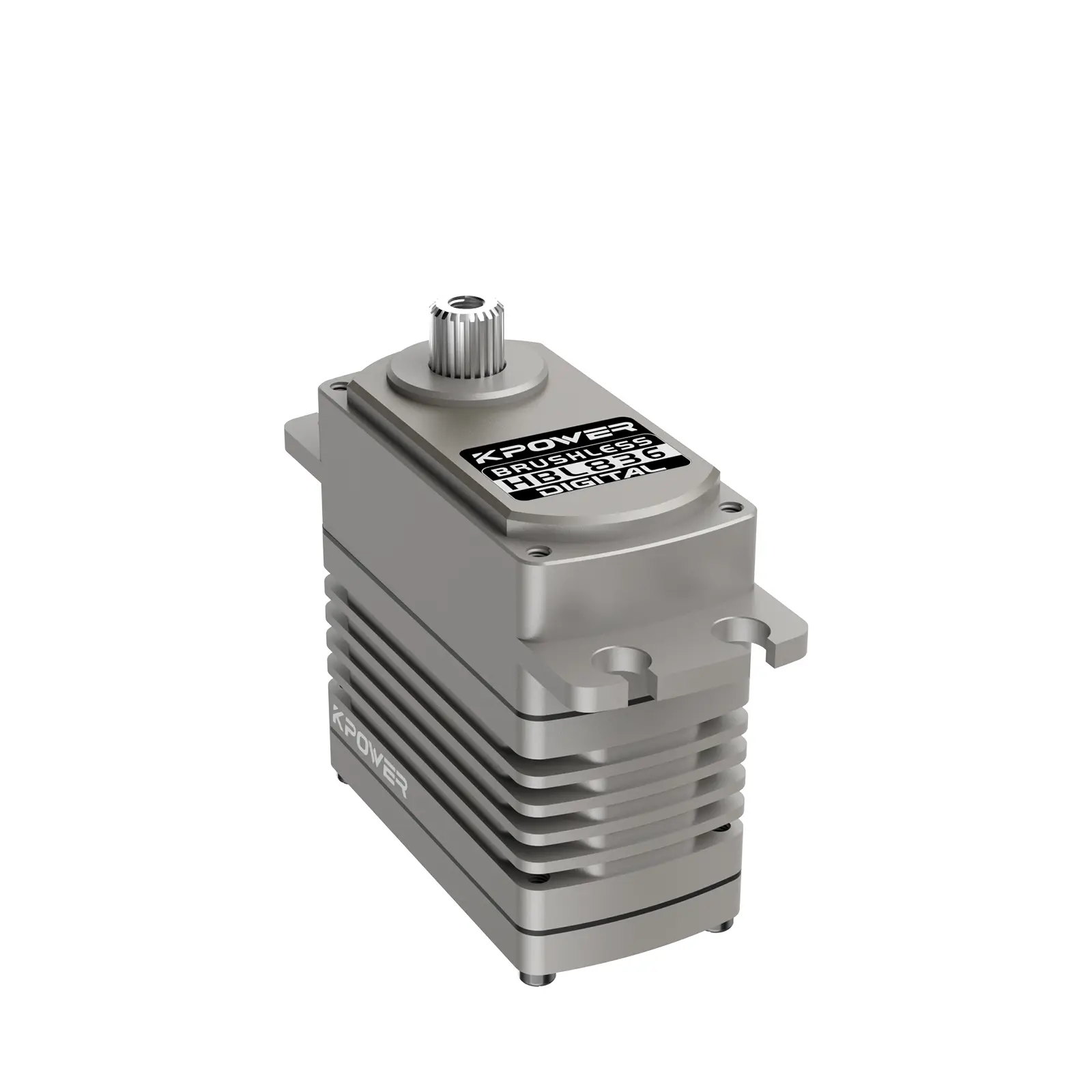Ever tried wiring a brushless hub motor? If you've danced around it before, you know it’s like trying to unravel a mystery—wondering which wire does what, why the colors aren’t matching up, and how to make everything run smoothly without causing a short circuit. Well, let’s talk about what makes it all click when you’re working with the right wiring diagram.

First, picture this: a clean diagram, straightforward, with labeled phases and hall sensor connections. It’s like the GPS of your motor project—guiding you through the maze of wires. Brushless hub motors don’t have brushes, obviously, but they rely heavily on three-phase wires. Black, red, blue, sometimes green—colors might vary, but the roles stay the same. These are the power lines transmitting the sinusoidal current that makes the rotor spin smoothly. Knowing which wire handles which phase isn’t just academic—it’s essential for tuning your motor’s performance and avoiding slip-ups.
Now, let’s dig into hall sensors. These tiny things tell your controller where the rotor is positioned, a crucial piece for smooth acceleration and deceleration. They usually sync with power wires but have their own dedicated signal lines. Like the conductor of an orchestra, these sensors ensure everything hums in harmony. Connecting them correctly means your motor will run smooth and quiet, without random jitters or jerks. Imagine the difference between a machine that hums like a well-oiled engine versus one that sputters and stalls randomly.
Got questions? Like, how do I identify the hall sensor wires if they aren’t color-coded? Typically, they can be yellow, green, and red, but it’s always a good idea to check the color coding chart or measure continuity. Using a multimeter, you can track which wire is which, making sure they match the diagram. It’s basically detective work, but with less drama and more precision.
Wiring a brushless hub motor isn’t just about connecting wires; it’s about understanding the flow—the pathways that let energy dance through the system, powering your e-bike, scooter, or custom project. Once you grasp the diagram, it’s like unlocking a secret recipe, making the whole process less intimidating. It’s about turning a jumble of wires into a symphony of motion.
And honestly, the right diagram makes all the difference. Without it, you’re just guessing. With it, you’re in control. Power, performance, and peace of mind—those are the wins when everything is wired correctly. Plus, the system just feels right—smooth acceleration, reliable torque, and a motor that responds exactly how you want it.
In the end, wiring a brushless hub motor with a clear diagram isn’t rocket science. It’s familiar, almost intuitive once you see it. It’s about reading the flow, connecting the dots, and getting your machine up and running with confidence. Think of it like painting by numbers, but for electronics—once you get the hang of it, it’s surprisingly satisfying to see everything work perfectly.
Established in 2005, Kpower has been dedicated to a professional compact motion unit manufacturer, headquartered in Dongguan, Guangdong Province, China.




































